When embarking on a sewing project, choosing the right fabric is crucial for both its success and enjoyment. The fabric's characteristics will influence the drape, feel, and functionality of the final product. This article will explore two popular fabric options: polyester vs chenille.
Understanding their distinct properties will help you make informed decisions for your next project, whether it's clothing, upholstery, or something entirely different. So, here we go!
Read also: Chenille vs. Velvet - A Guide for the Discerning Decorator (and Fashionista!)
So, What is Polyester?

Polyester is a man-made synthetic fiber, derived from petroleum. It has become a ubiquitous material in the textile industry due to its numerous advantages. Polyester is well-known for its wrinkle resistance, making it a low-maintenance fabric.
Additionally, it boasts impressive durability, able to withstand wear and tear effectively. Perhaps the most attractive feature of polyester is its affordability, making it a budget-friendly choice for many projects.
And What is Chenille?

Chenille offers a unique and luxurious feel compared to polyester. This fabric is characterized by its construction method. Chenille yarn features short, fuzzy segments called piles, which are woven around core yarns.
These piles create the signature soft, fuzzy texture that Chenille is known for. Chenille can be crafted from various fibers, including cotton, silk, wool, polyester, and rayon. The specific fiber content will influence the overall feel, weight, and cost of the chenille fabric.
Related to: What is Chenille Fabric? It is The 2024 Best Fabric
Main Differences Between Polyester and Chenille
While both polyester and chenille offer distinct advantages, several key differences can influence your project choice. Hence, understanding the specific features of both fabrics will help you get the best result. Here are the key differences between the two fabrics that I learned after touching them hundreds of times:
Polyester vs. Chenille: Key Feature Comparison Table
|
Feature |
Polyester |
Chenille |
|
Fiber Content |
Synthetic |
Natural (cotton, wool, silk) or Synthetic (polyester, rayon) |
|
Texture |
Smooth, slightly slick |
Soft, fuzzy |
|
Durability |
High (inherent strength) |
High (strong core yarns, but prone to snagging) |
|
Wrinkle Resistance |
High |
High |
|
Care and Maintenance |
Easy (machine washable, dries quickly) |
More delicate (special cleaning methods, prone to staining/fading) |
|
Cost |
More affordable |
Can be more expensive (depends on fiber content) |
|
Good for |
Activewear, upholstery (high traffic areas), blankets (fleece) |
Loungewear, sweaters, upholstery (plush feel), blankets (luxurious) |
Choosing Between Polyester VS Chenille

Selecting between polyester and chenille depends on the intended use of the fabric. Thus, here are a few things that you should ask yourself and understand, just as you intended them to be. Here are a few considerations to take note of:
- Consideration for Use:
- Clothing: Polyester is a popular choice for activewear due to its moisture-wicking properties and wrinkle resistance. Chenille, with its luxurious feel, might be more suitable for loungewear or sweaters.
- Upholstery: Both fabrics can be used for upholstery. Polyester offers stain resistance and easy cleaning, making it ideal for high-traffic areas. Chenille provides a plush and inviting feel that is suitable for both your kids and your cat (and also your dog, of course!). Here is an example of a good sofa made of chenille.
- Blankets: Polyester fleece is a popular choice for blankets due to its softness, warmth, and affordability. Chenille blankets offer a luxurious feel but might be more prone to snagging.
- Factors to Prioritize: When making your choice, consider the following factors:
- Durability: If durability is a top priority, both fabrics are good options. Choose polyester for its inherent strength or chenille for its strong core yarns.
- Softness: Chenille is the clear winner for a luxuriously soft feel.
- Ease of Care: Polyester is easier to care for compared to chenille.
- Cost: Polyester is generally more affordable than chenille.
Read also: Decorate for Less: Your 2024 Spring Sale (Insider) Tips
Conclusion
Polyester and chenille offer distinct advantages and disadvantages. By understanding their key differences, you can make an informed choice for your project needs. Remember, the ideal fabric depends on the intended use and the factors you prioritize most.
For a deeper dive into chenille fabrics and many more materials understanding, let’s keep reading!








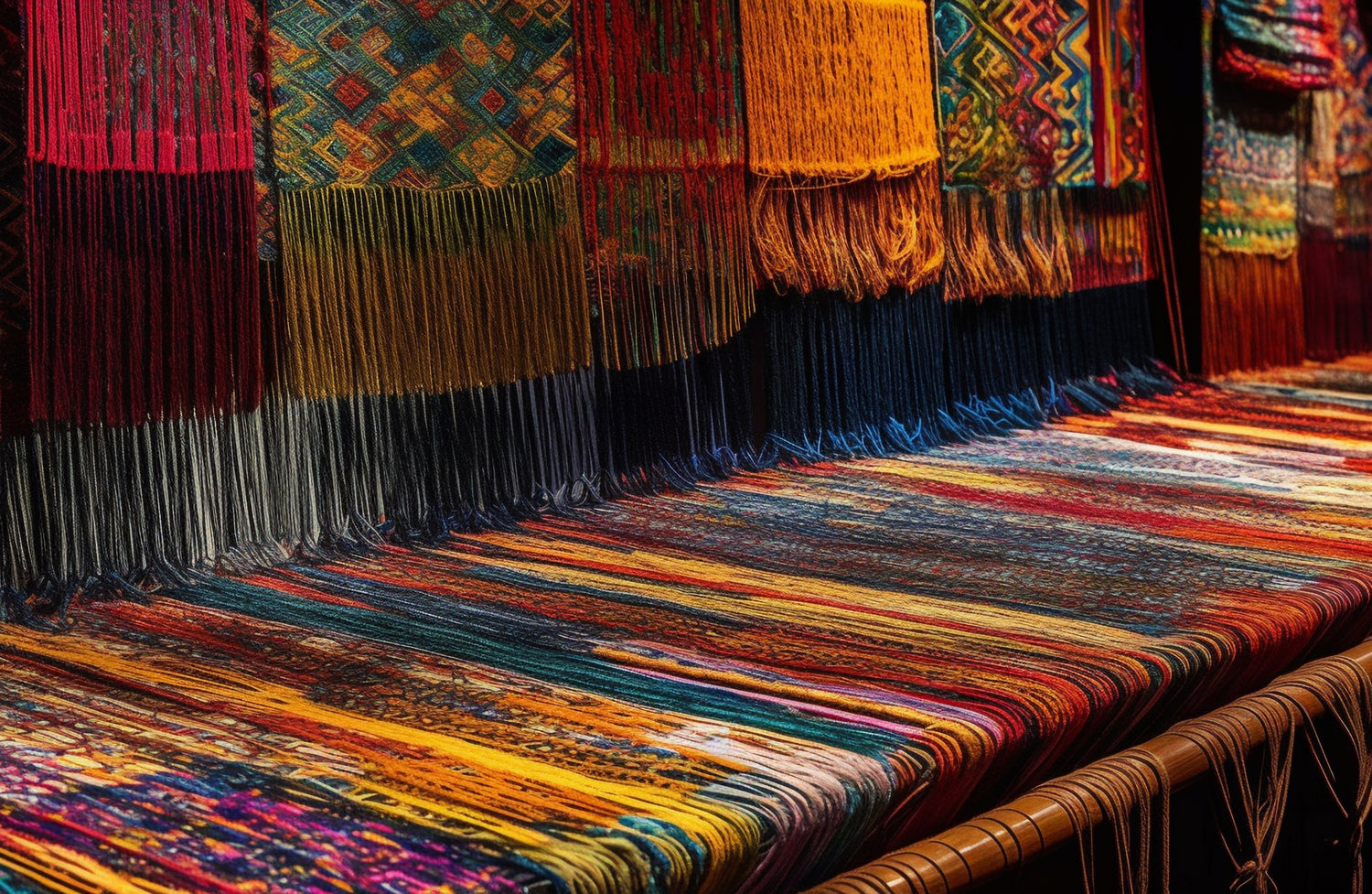
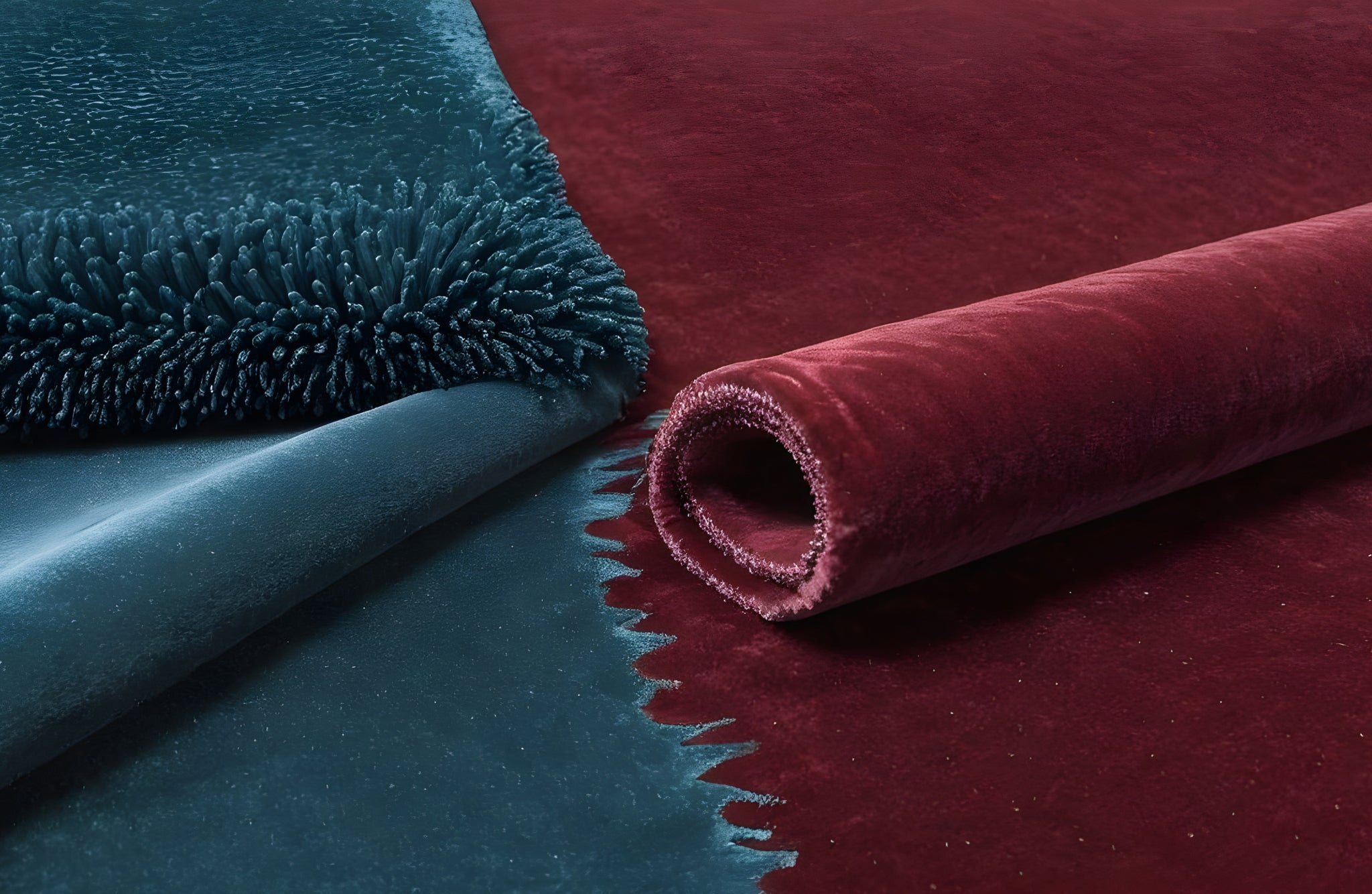
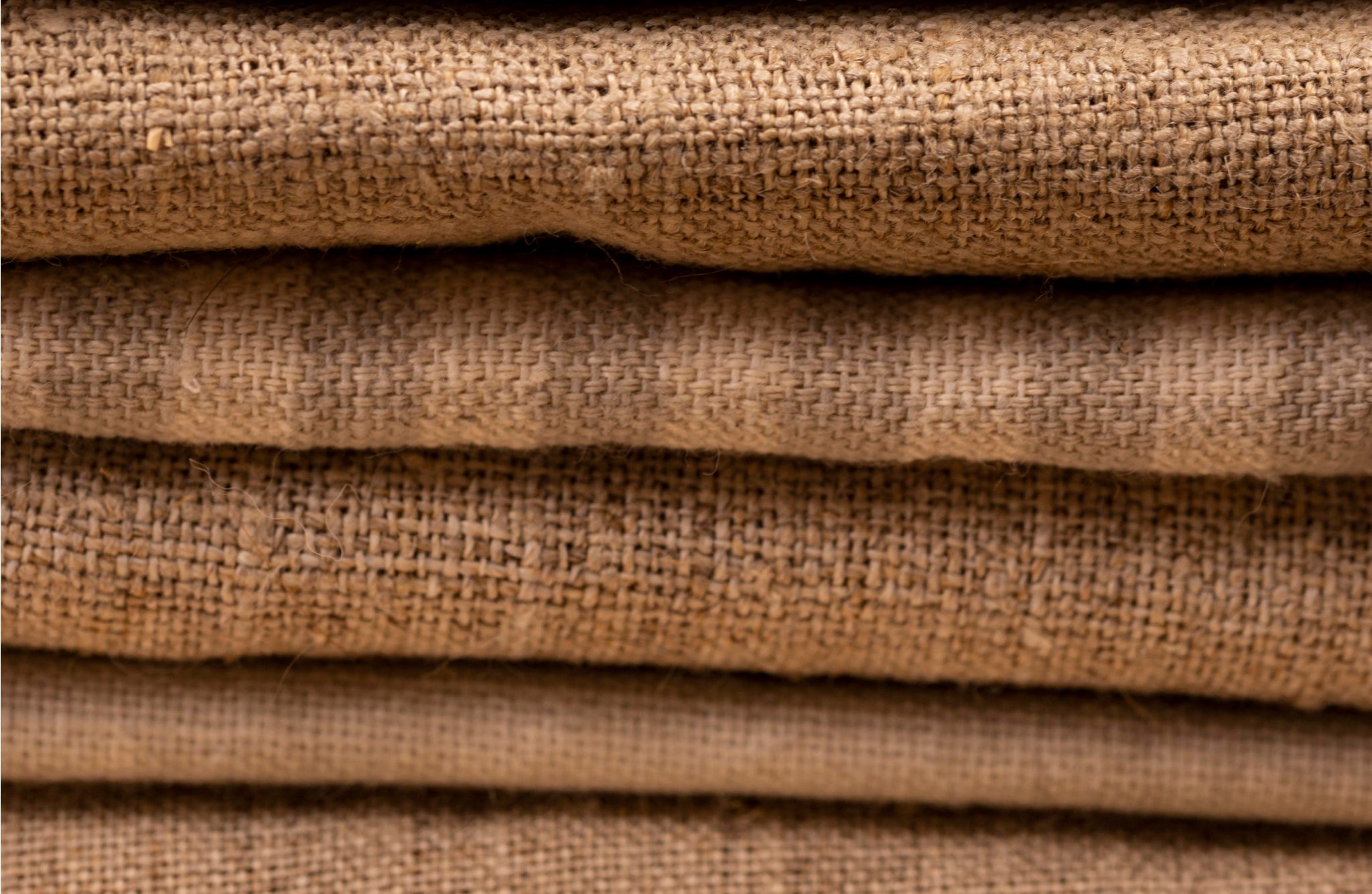



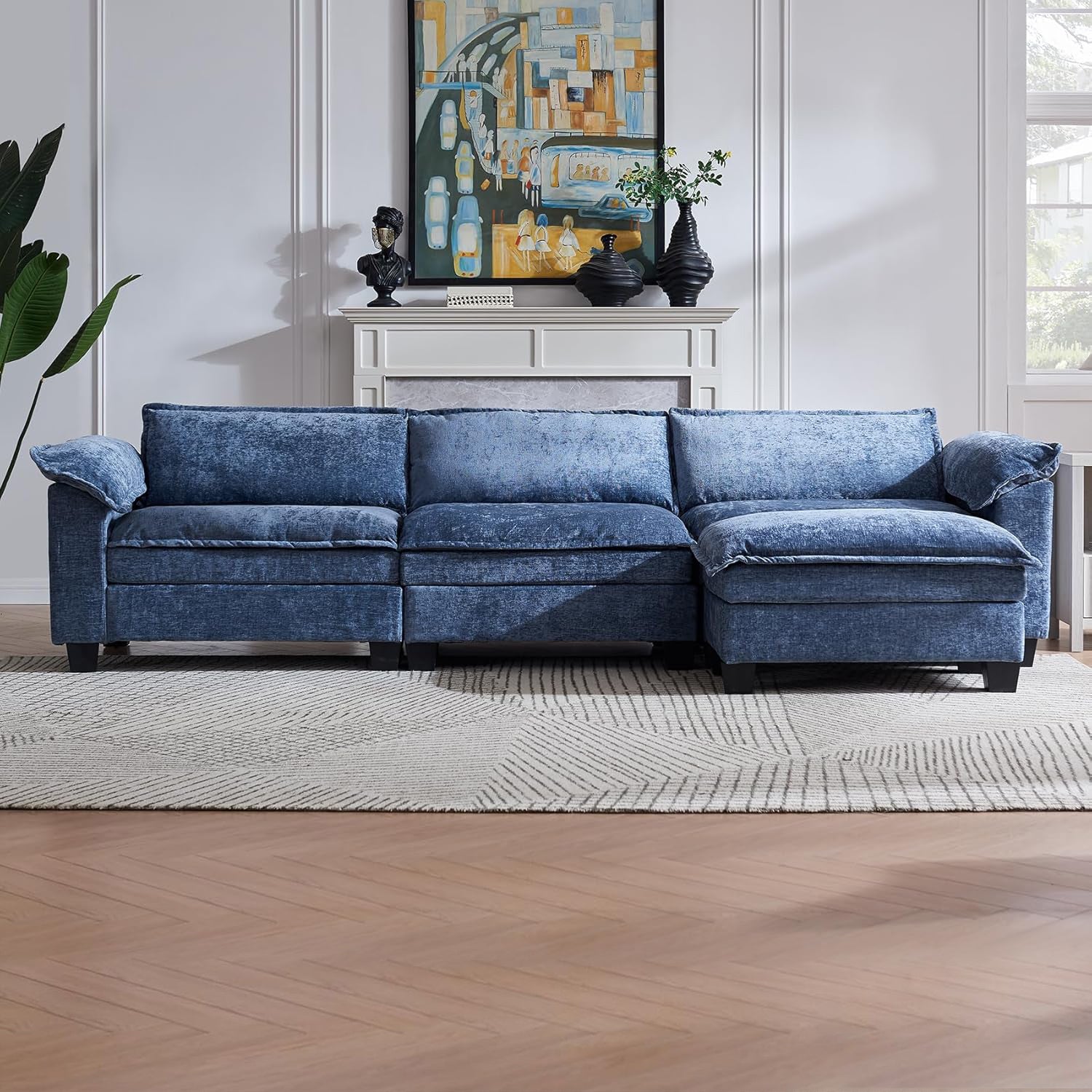

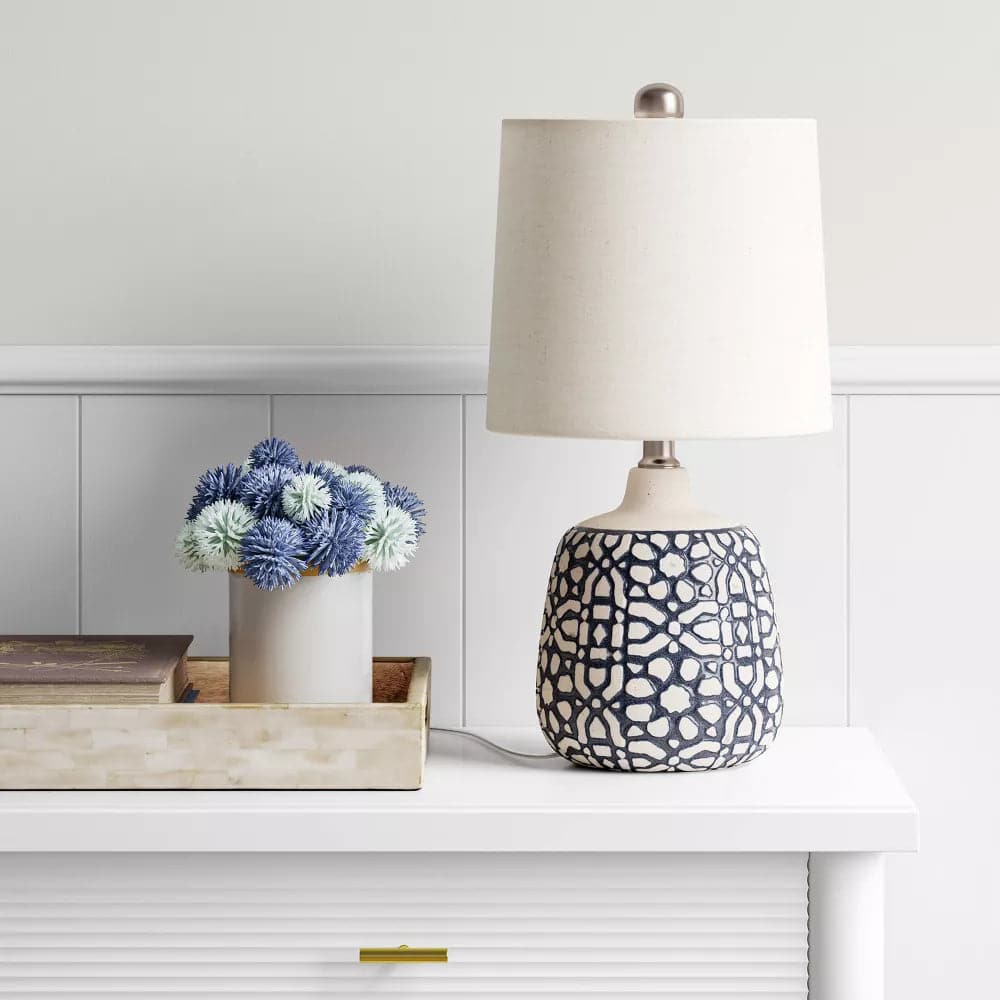
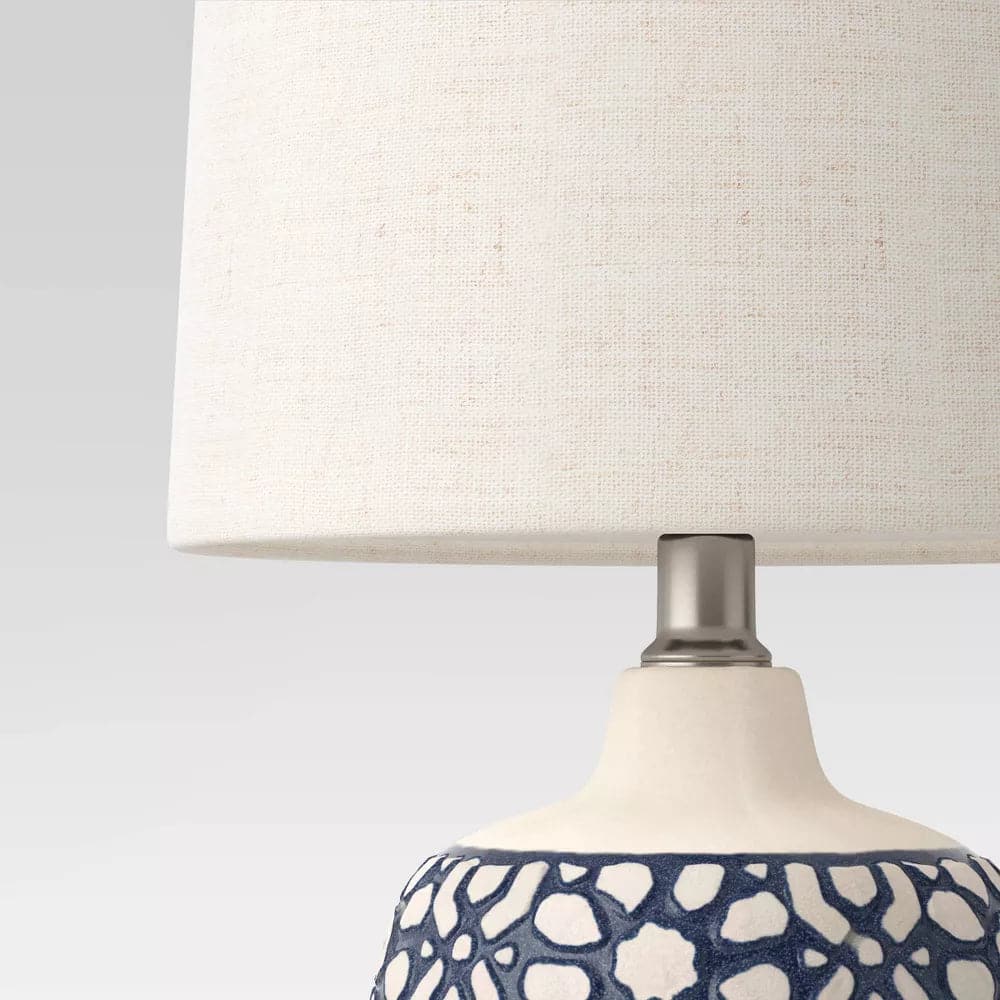

Leave a comment
This site is protected by hCaptcha and the hCaptcha Privacy Policy and Terms of Service apply.